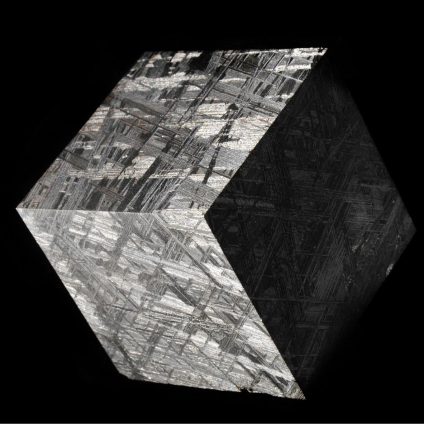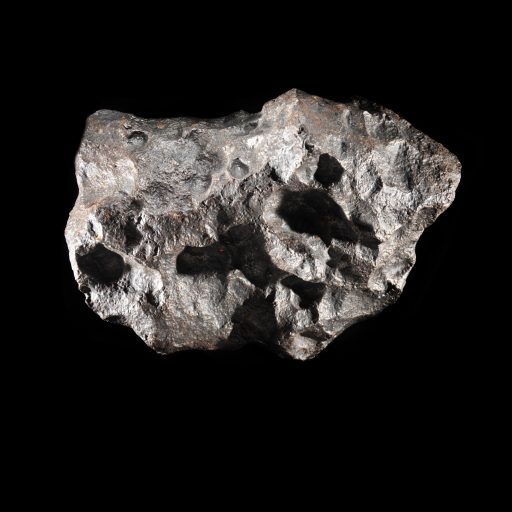A meteorite is a solid piece of rock or metal that originates in outer space and survives its journey through Earth’s atmosphere to reach the ground. These extraterrestrial objects come in different types, such as stony, iron, or stony-iron compositions, each with distinct characteristics.
Meteorites are remnants from asteroids or fragments of comets that have collided with other celestial bodies in our solar system. When they enter Earth’s atmosphere, they often create a bright streak of light known as a meteor or shooting star. If they survive the intense heat and impact with the Earth’s surface, they become meteorites.
Scientists study meteorites to learn about the early history of our solar system, as they contain materials that have remained relatively unchanged since their formation billions of years ago. These materials can include primitive elements, minerals, and even organic compounds that provide insights into the conditions and processes that existed during the solar system’s infancy.
Meteorites are classified into groups based on their composition and structure. Iron meteorites, composed mainly of iron and nickel, are dense and often exhibit a distinctive metallic appearance. Stony meteorites, made primarily of silicate minerals like olivine and pyroxene, are more common and resemble terrestrial rocks.
Studying meteorites also helps scientists understand the potential hazards posed by near-Earth objects and contributes to our knowledge of planetary defense strategies. They are valuable resources for research in astronomy, planetary science, and the origins of life on Earth and beyond.

